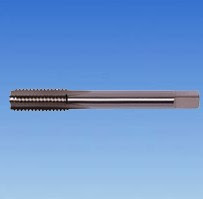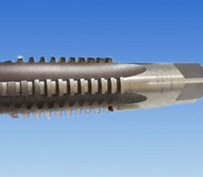Everything About An ACME Tap
ACME taps are widely utilized in the construction of valves, jacks, and other machinery items and are utilized to produce traversing motions on machine equipment. The thread angle of an ACME tap is 29 degrees, and the thread length is one-half of the pitch. Lead screws and other kinds of load-bearing applications often use this thread style.
ACME threads, which feature a trapezoidal shape and a 29-degree thread angle, are harder than square threads of comparable size. Acme taps, often known as tandem taps, are utilized to thread pieces that facilitate rotation or transversing (straight-line) movement on heavy-duty equipment such as jacks, valves, and presses. They are excellent for tapping into holes and are put on tap holders in stiff setups such as drill presses and milling machines.
ACME Threads Taps and their uses Clamps, vises, and linear actuators often use ACME threads. The main benefit of an ACME thread is its low thread count per inch. ACME threads, which are identical to square threads, help for higher linear actuation per turn of the screw. The angled root of the ACME thread is what separates it from square threads. When compared to the square root of a square thread, the angled root makes ACME threads easier to manufacture. The root of an ACME thread is also bigger, providing improved strength and resistance to tearing and wear. It must be noted that the common controlling failure mechanism of a screw is torsional shear which is due to the small diameter of a screw and not on the kind of thread.
Because ACME screws are cut with a one-point tool, there isn't a widely accepted standard defining the design of ACME threads. Manufacturers usually cut an ACME thread to a stub to enhance the screw's minor diameter and, as so, its strength as well. However, as there is only so much one can lessen the height of a thread without causing any issues, a standard fine thread will often have a larger minor diameter and hence tend to offer more strength.
An Acme tap is utilized for creating traversing motions on
machine equipment and is extensively utilized in the making of valves, jacks,
and other forms of mechanisms. ACME taps made of high-speed steel are excellent
for threading most metals and plastics. They have a brilliant finish that
offers a smooth, polished surface as well.
The difference between ACME threads and trapezoidal threads
comes down to only a single degree. An ACME thread possesses a 29-degree flank
angle adopted in the United States while a trapezoidal thread that possesses a
30-degree flank angle was brought in and adopted in Europe.





Comments
Post a Comment